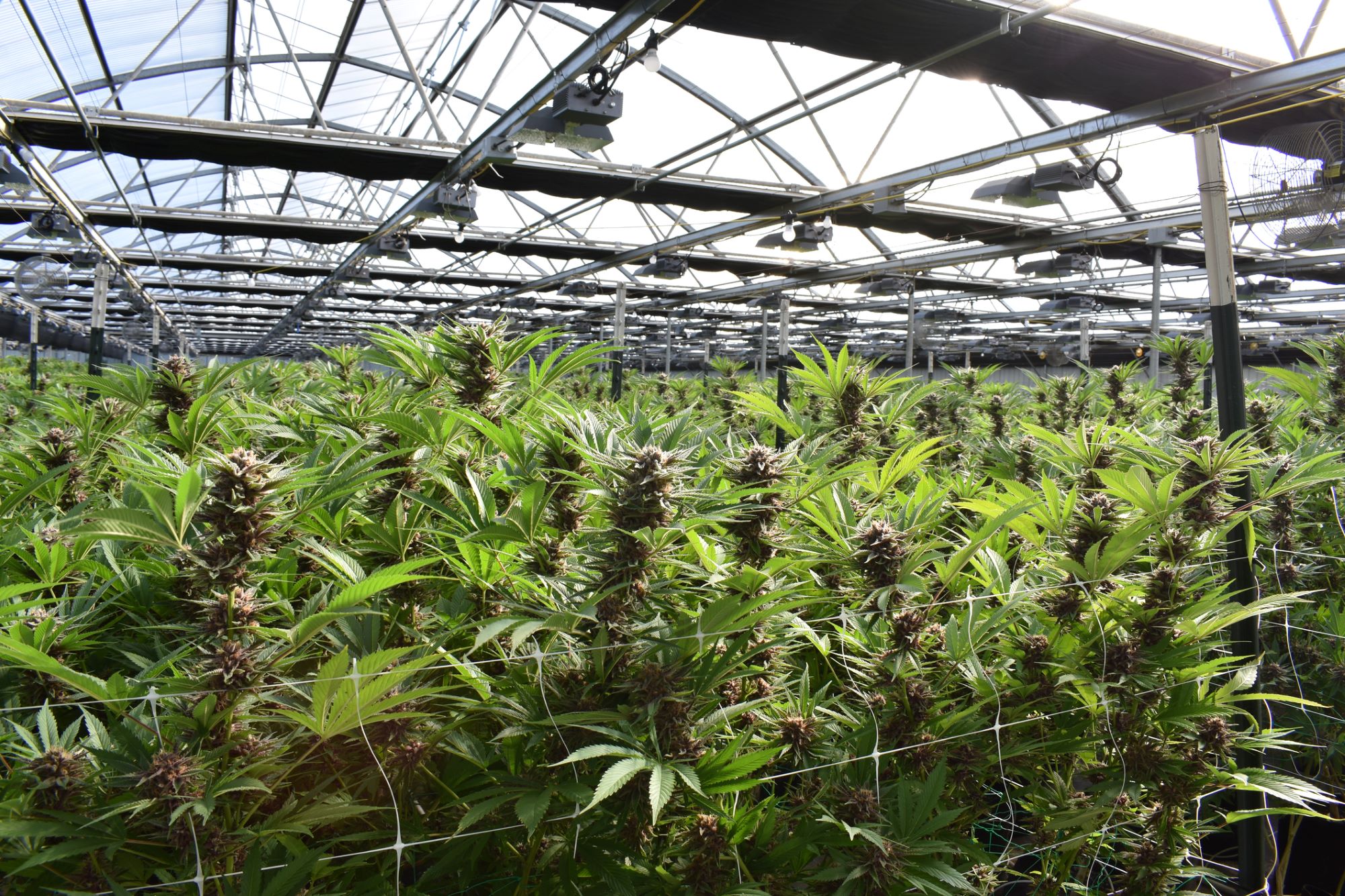Health and safety organizations are developing new resources for employers in the cannabis industry to help keep workers safe.

Photo credit: istock.com/Kimberly Delaney
Tadhg O’Leary is a safety advisor with AgSafeBC, the health and safety association for B.C.’s agricultural producers. He has been working with a number of cannabis growers to answer their questions and offer support as they implement health and safety programs.
“Cannabis farming is new to AgSafe and we want to be sure we are meeting employers’ needs,” Tadhg says. “We established a working group and are developing new safety resources for training workers — specifically for the cannabis industry.”
Common hazards in the cannabis industry
Tadhg says that, “Like other greenhouse industries, cannabis cultivation entails safety and health hazards related to mechanization and equipment, and substances that are hazardous in nature for harvest and processing.”
WorkSafeBC has been working to provide health and safety guidelines and identify hazards specific to working in the sector. In 2019 it initiated the Cannabis Cultivation and Extraction project. The first phase focused on identifying main processes, hazards, and assessing risk exposures around cultivation. The second phase revolves around extraction and processing operations.
Eight primary hazard categories were identified for cannabis cultivation, and WorkSafeBC agriculture officers are currently working with employers to control them:
- Biological agents (e.g., viruses, bacteria, fungi)
- Pesticides
- Fertilizers and nutrients
- Cleaners and sanitizers
- Carbon dioxide used to promote plant growth
- Non-ionizing radiation from artificial light sources
- Inadequate electrical systems
- Musculoskeletal injuries (MSI)
At some cannabis farms, cannabis plant materials are processed and packaged on site. Says Tadhg: “It can be labour-intensive and involves a large number of workers.” Workers and employers need to be aware of good ergonomic practices and how to avoid slips, trips, and falls.
An emerging industry
According to a Statistics Canada survey, there were already 175 licensed producers of cannabis in Canada in 2018. That number has been steadily increasing, as this entire subsector of agriculture continues to grow.
As cannabis farming is a fairly young industry, employers may be starting without well-established occupational health and safety practices in the workplace. Tadhg credits progressive workplace joint health and safety committees for their work. “It’s a new industry so they are setting the tone for future workers in the cannabis industry — not just in agriculture but also in manufacturing, pharmaceuticals, and retail.”
Colin Murray, senior manager of WorkSafeBC’s Risk Analysis Unit, says the next steps to support workers and employers are to continue to provide awareness and to transfer knowledge as the industry evolves. He says, “Cannabis cultivation employers have increased their awareness and understanding of risks through assessment-oriented visits and employer engagement sessions.” He adds that a new Cannabis Cultivation Employer Guide is in the works, and the second phase of the Cannabis Cultivation and Extraction project is continuing into 2021.
For more information on this topic, see AgSafe’s Safety Program Resources: Cannabis Cultivation, Processing, or Product Manufacture.


